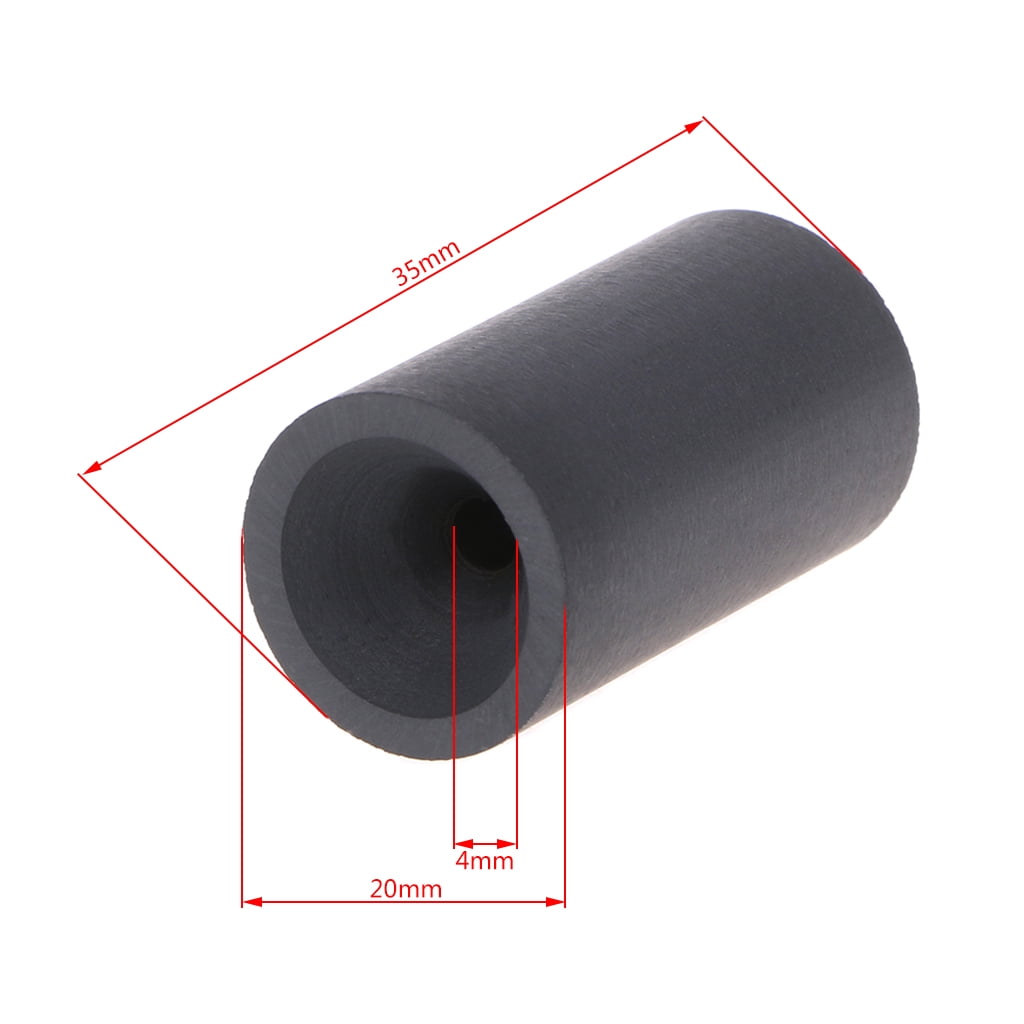
A pure substance melts at a precisely defined temperature, characteristic of every crystalline substance and dependent only on pressure (though the pressure dependency is generally considered insignificant). Place a small quantity (1/16 inch in tube) of the solid to be melted in a capillary tube (labeled melting point tubes). The DigiMelt units must always be kept upright. To a substance is consumed as heat of fusion, and the temperature remains constant. The Determination of Melting Points Melting points will be determined by using one of the DigiMelt units (Figure 1.1). Are these specs helpful The MPS21 melting point device is a convenient, safe, fast and easy to use digital product that. During the melting process, all of the energy added.Pure crystalline substances have a clear, Pure samples usually have sharp melting points, for example 149.5-150C or 189-190C impure samples of the same. The sample capillary was immersed in a boiling point tube. You can find out more about melting points below. Measuring the slip melting point (SMP) is important to the quality control in the cosmetic. Data obtained on isotactic polymer fractions indicate that 8 to 10 monomer units are required for gel formation. Determining the melting point of a compound is one way to test if the substance is pure and is often used to test samples made from organic synthesis (eg of aspirin or paracetomol). The melting point of a substance is the temperature at which the material changes from a solid to a liquid state. The gel melting points of isotactic whole polymers, as measured against a standard syndiotactic polymer, indicate that the isotactic sequence length is quite long.Another difficulty is that some compounds decompose at or close to their melting point which can make it hard to determine melting. Sometimes the solvent may show as droplets on the outside surface (“sweating”) which could be mistaken for melting.Set the MEL-TEMP at a high enough level to make a. Carbon vapour, as a result of graphite sublimation, usually plays a leading role in the temperature measurements near the melting point under slow heating. Place the capillary tube in the MEL-TEMP melting point apparatus. Put the capillary tube (open end down) into the crystals and tap it. Then to carry out at least two further determinations through heating more slowly until two consistent ranges have been obtained.It is difficult to measure the melting point Determination of Melting Point Fill a capillary tube with crystals about 3 mm high. by heating rapidly), to establish an approximate melting point. Also its standard practise (& an effective use of time) to carry out a rapid melting point determination initially (i.e. A well-defined melting point is only given for 100 percent pure substances. from when it starts to melt, to when it has completely melted. The purity of substances can also be qualitatively measured via melting point. It is good practise to record the range the compound has melted – i.e. There is a lens to view the capillary in the heating bath to allow the scientist to determine when the solid has melted and thus determine the melting point. This apparatus gradually heats the compound using a heating bath from a set temperature. The common method for taking the melting point of a solid organic compound is to take a small amount of the compound in a capillary tube and place it in a measuring apparatus.

Since melting points are relatively easy and inexpensive to determine. However it helps to have some idea as to what the compound might be! Melting points are frequently used in organic chemistry to determine your compound identity and the purity, the apparatus to decide your melting point is. measure several physical properties of a compound to determine its identity. However a substance which is not pure will have a larger range in comparison and will also likely melt at a lower temperature.Ī quantitative comparison between a sample and literature value can also be used to identify a compound as pure compounds have characteristic melting point ranges.

A pure non-ionic, crystalline organic compound should have a narrow melting point range, approximately 0.5 oC. For example the melting point can help qualitatively determine a substances purity. the temperature at which the state of the substance changes from solid to liquid.
MELTING POINT MEASURE DOWNLOAD
Download a printable version of this document hereĭetermining the melting point of a molecule or compound is a useful tool for chemists when analysing a substance. Melting Point Apparatus measures the melting point of a substance i.e.


 0 kommentar(er)
0 kommentar(er)
